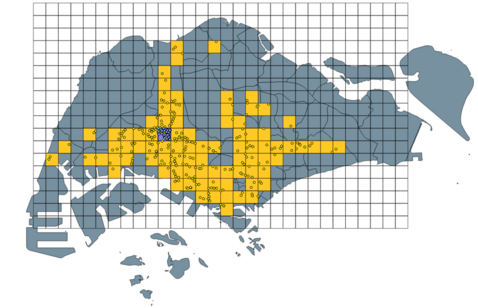Vehicle Concept Development for an On-Demand Public Transport System
Project Completed - Contact: ftm@ftm.mw.tum.de

Problem Statement
Urbanisation and growing city population present challenges for inner city transportation. Particularly in megacities, people depend on reliable public transport systems. While rail systems offer mass transport with high transport volumes, they are expensive to build and require long construction times. Buses use the existing street network and can be implemented with less effort. Bus systems offer affordable pricing, but the majority of bus lines are operated with fixed routes and time schedules. Taxis are also part of public transport, and while they offer the most comfort for a customer point of view in regard to spatial and temporal flexibility, they are usually the most expensive mode to travel with. With the increasing adoption of smartphones new transport services were established (e.g. UBER), which provides a similar service as traditional taxis at reduced rates, partly due to ridesharing. Ridesharing matches the trips of multiple persons in order to transport them simultaneously by updating the driving route of the vehicle dynamically. Together with the continuing development of autonomous vehicle technology new concepts for public transport systems can be developed, which could enhance or replace current public transport modes as well as reduce the need for privately owned vehicles.
Objective
The aim is to determine the requirements for a vehicle for a road-bound, on-demand, door-to-door transport system, e.g. daily driving distance and seat capacity of the vehicle). A variation of parameters is conducted to research dependencies between the transport system and the vehicles by analysing various performance indicators (e.g. travel time, fleet size). Further, the impact of the employed system on traffic congestion will be studied.
Realisation
An agent-based simulation model is developed for the analysis of system and vehicle behaviour. Current travel demand of Singapore is used as input data. Travel demand is varied to study different scenarios. After the definition of fixed and variable system parameters, the simulation model will be run iteratively to conduct a parameter variation. The setting with the overall best results will be further detailed to perform an analysis of financial feasibility and to derive a representative driving cycle for vehicle development.